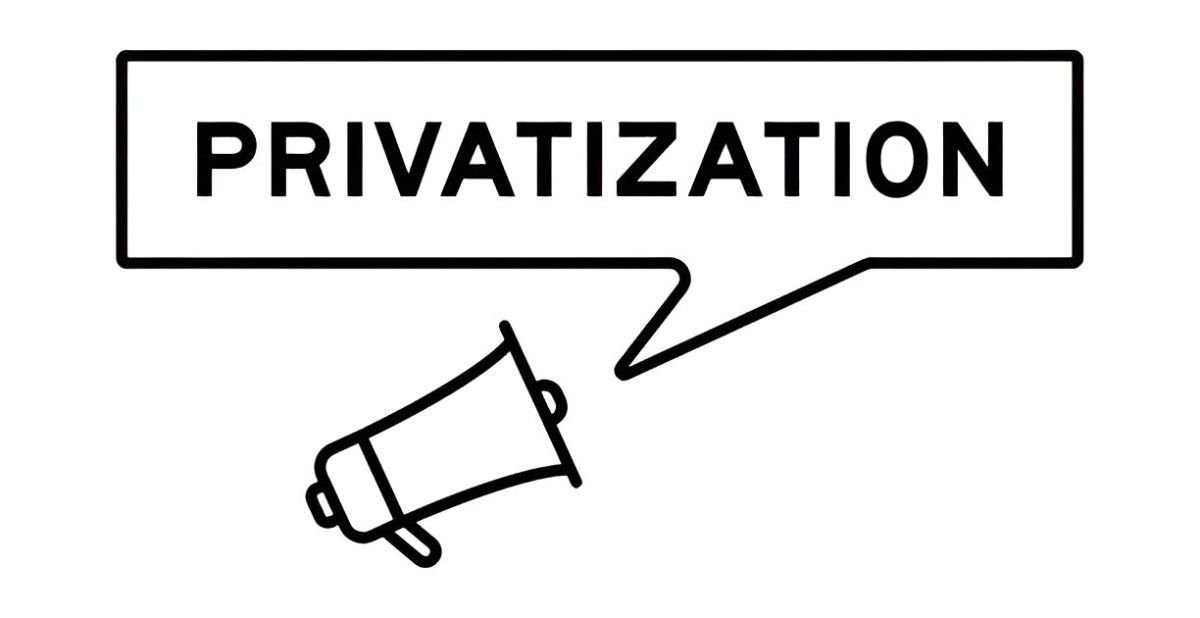Introduction
Privatization shifts ownership from the public sector to private hands. This shift impacts efficiency, market competition, and consumer prices. Governments use privatization to reduce budget deficits, improve service quality, and promote economic growth. I will explore its mechanics, economic implications, and practical examples.
Table of Contents
What is Privatization?
Privatization is the process of transferring ownership or control of state-owned enterprises (SOEs) to private entities. This can take different forms:
- Full Privatization: The government sells its entire stake.
- Partial Privatization: The government retains some ownership.
- Franchising: Private firms operate services under government regulations.
- Public-Private Partnerships (PPPs): A joint effort where both public and private sectors share responsibilities.
The Economic Rationale
Governments privatize to improve efficiency, reduce fiscal burdens, and encourage competition. Public enterprises often suffer from bureaucratic inefficiencies. The private sector, driven by profit, typically optimizes resources better.
Efficiency Gains
Economists argue that privatization enhances efficiency. The profit motive leads private firms to minimize costs and innovate. The efficiency improvements can be illustrated as:
Efficiency = \frac{Output}{Input}If privatization reduces inputs (costs) while maintaining or increasing output, efficiency improves.
Fiscal Impact
Selling state assets generates revenue for the government. If a government-owned firm incurs losses, privatization eliminates the fiscal burden. Consider a government-run firm losing $500 million annually. Selling it for $5 billion eliminates future losses and generates immediate funds.
Market Competition
When monopolistic SOEs are privatized, competition increases, leading to better pricing and service quality. However, in sectors with natural monopolies like utilities, privatization must be regulated to prevent price exploitation.
Privatization Methods and Their Implications
Governments employ different strategies for privatization. Each method has economic and social consequences.
Asset Sale
A government sells an enterprise outright. This method is quick and transparent but may result in job losses and short-term political backlash.
Share Issue Privatization (SIP)
Governments sell shares to the public through stock markets. SIPs promote wider ownership and increase capital market participation.
Example: If a state-owned telecom company with a valuation of $10 billion offers 40% shares in an IPO, it raises $4 billion for the government while maintaining some control.
Voucher Privatization
Citizens receive vouchers to acquire shares in privatized firms. This method promotes equal wealth distribution but often leads to rapid resale to large investors, concentrating ownership.
Management Buyouts (MBOs)
Current managers purchase the enterprise. MBOs ensure experienced leadership remains in control but may concentrate ownership and limit competition.
Case Studies
British Airways Privatization
The UK privatized British Airways in 1987. Before privatization, it was loss-making. After privatization, profits surged due to improved management and cost-cutting.
US Telecommunications Deregulation
In 1984, AT&T was broken into smaller regional carriers. This increased competition, leading to better services and lower prices for consumers.
Water Privatization in Bolivia
A failed example occurred in Bolivia when water services were privatized. Price hikes led to public protests, forcing the government to renationalize the sector.
The Financial Valuation of Privatization
Pricing an SOE for sale is complex. It involves revenue forecasts, cost structures, and market conditions.
The present value of future cash flows is calculated as:
PV = \sum \frac{CF_t}{(1 + r)^t}where:
- PV is the present value
- CF_t is the cash flow in year t
- r is the discount rate
For instance, if a state-owned airline has expected cash flows of $500 million annually for 10 years and a discount rate of 5%, the valuation is:
PV = \sum_{t=1}^{10} \frac{500}{(1.05)^t}Using a financial calculator, this results in a valuation of approximately $3.86 billion.
The Role of Regulation
Privatization in industries like energy, healthcare, and transportation requires regulatory oversight to prevent market failures. Governments set price caps, monitor service quality, and enforce anti-monopoly laws.
Regulatory Challenges
- Price Gouging: Private firms may raise prices excessively.
- Underinvestment: Firms may cut costs by reducing essential investments.
- Job Losses: Efficiency improvements may lead to layoffs.
A balance between deregulation and consumer protection is essential for sustainable privatization.
Social and Political Considerations
Privatization often faces resistance due to fears of job losses and service affordability. Public opposition can derail privatization plans. Political stability and policy consistency are crucial for success.
Employment Impact
Privatization can lead to initial job losses but may create long-term employment through efficiency-driven growth. For example, when the UK privatized its railways, thousands lost jobs, but service improvements later created new employment opportunities.
Wealth Distribution
Privatization should ensure broad wealth distribution. If only large investors gain access, economic inequality may increase. Policies like SIPs and employee stock ownership can mitigate this risk.
Conclusion
Privatization is a powerful economic tool when executed with transparency, efficiency, and regulatory oversight. While it improves efficiency and government finances, it must be carefully structured to balance economic and social interests. The US has leveraged privatization in telecommunications, energy, and transport, with varying degrees of success. By learning from past examples, we can optimize future privatization efforts for sustainable economic growth.





